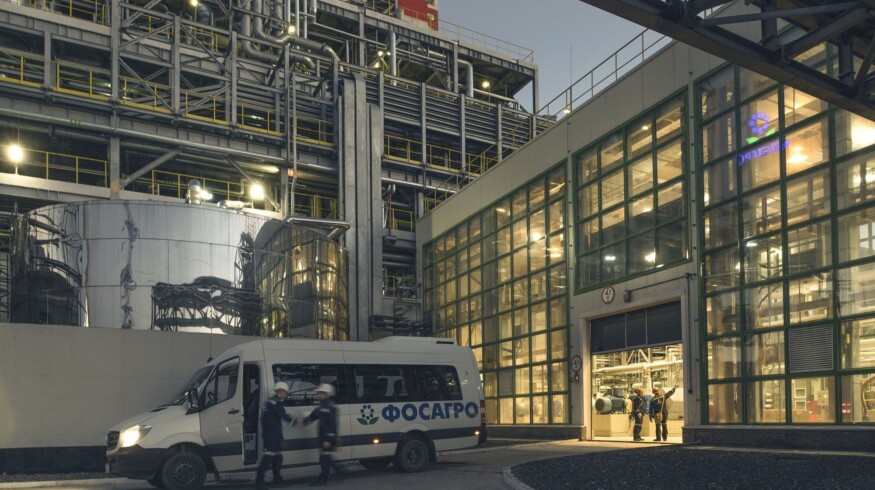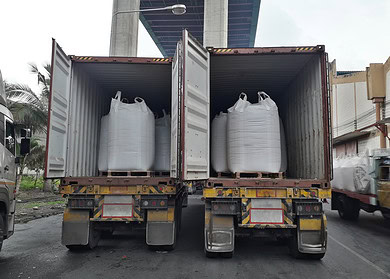PhosAgro-Region plans to create a logistics center in the Altai region

PhosAgro-Region, the largest Russian distribution network of mineral fertilizers (part of PhosAgro), plans to implement a project to build a logistics center for the storage and transshipment of mineral fertilizers in the Altai region. Investments in the project in 2023-2026 may amount to almost 300 million rubles (approximately $3.1 million), the launch of the center is scheduled for 2024, Andrey Vovk, CEO of PhosAgro-Region, said during a working meeting with the Governor of the Altai region Viktor Tomenko.
“The Altai region is rightly called the Siberian granary. The plant breeders of the region owe their success not only to the natural fertility of the soil but also to the competent use of mineral fertilizers. PhosAgro-Region actively contributed to the development of this area in the region, and we plan to intensify this work. Since 2019, we have increased deliveries to the region by 2.5 times, in total for three years this is about 350 thousand tons. We associate further development in the region with the launch of the first PhosAgro-Region’s logistics center in Siberia, capable of providing off-season accumulation of mineral fertilizers – this is especially important given the difficulties with delivery through the Russian Railways network to these regions,” Andrey Vovk noted. “The presence of such an asset near farmland will allow Altai agricultural enterprises to greatly simplify the entire process of purchasing mineral fertilizers, make it more flexible, reliable and economical. Besides, we expect that the new center will ensure the testing and implementation of new agricultural technologies in the region based on appropriate systems of mineral plant nutrition.”
“The record harvests of our region and other successes of the Altai farmers are possible thanks to their daily professional work and providing them with everything necessary for work. Stability in this area is one of the basic conditions for food security in Russia. One of the components is the supply of our farmers with mineral fertilizers,” Viktor Tomenko emphasized. “The implementation of a new investment project by PhosAgro-Region to build a logistics center for the storage and transshipment of mineral fertilizers in our region will further improve the reliability of the supply chain. The development of such infrastructure in our region is a justified decision, since the Altai region is one of the key food suppliers of Russia and we’re glad to develop cooperation with PhosAgro-Region,” the head of the region concluded.
Recall that PhosAgro-Region unites 11 regional companies that provide agricultural producers in Russia and neighboring countries with PhosAgro’s highly effective mineral fertilizers and related agronomic services, as well as agrochemical products from other Russian manufacturers. In the Altai region, other regions of the Siberian Federal District and the regions of the Far Eastern Federal District, the network is represented by PhosAgro-Siberia with offices in Novosibirsk, Barnaul, Krasnoyarsk and Ussuriysk.
As of today, PhosAgro-Region has the widest distribution network of mineral fertilizers in terms of regional coverage and number of points of presence, which is used by farmers from remote and hard-to-reach regions of Russia. Over the past three years, new logistics complexes “PhosAgro-Region” began to work in the Volgograd, Voronezh, Kursk, Rostov and Tambov regions and Tatarstan. At present, the network includes 22 regional offices and 33 logistics centers with a total storage capacity of more than 800 thousand tons.
Enjoyed this story?
Every Monday, our subscribers get their hands on a digest of the most trending agriculture news. You can join them too!













Discussion0 comments